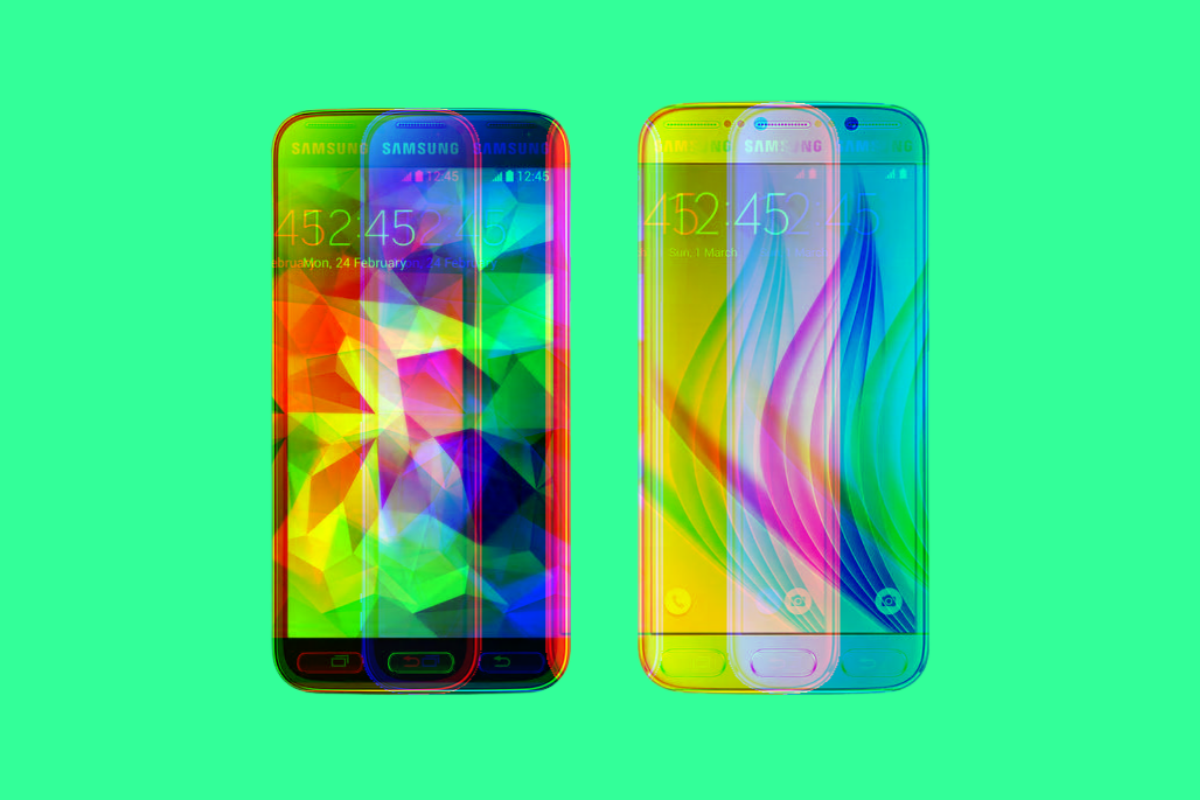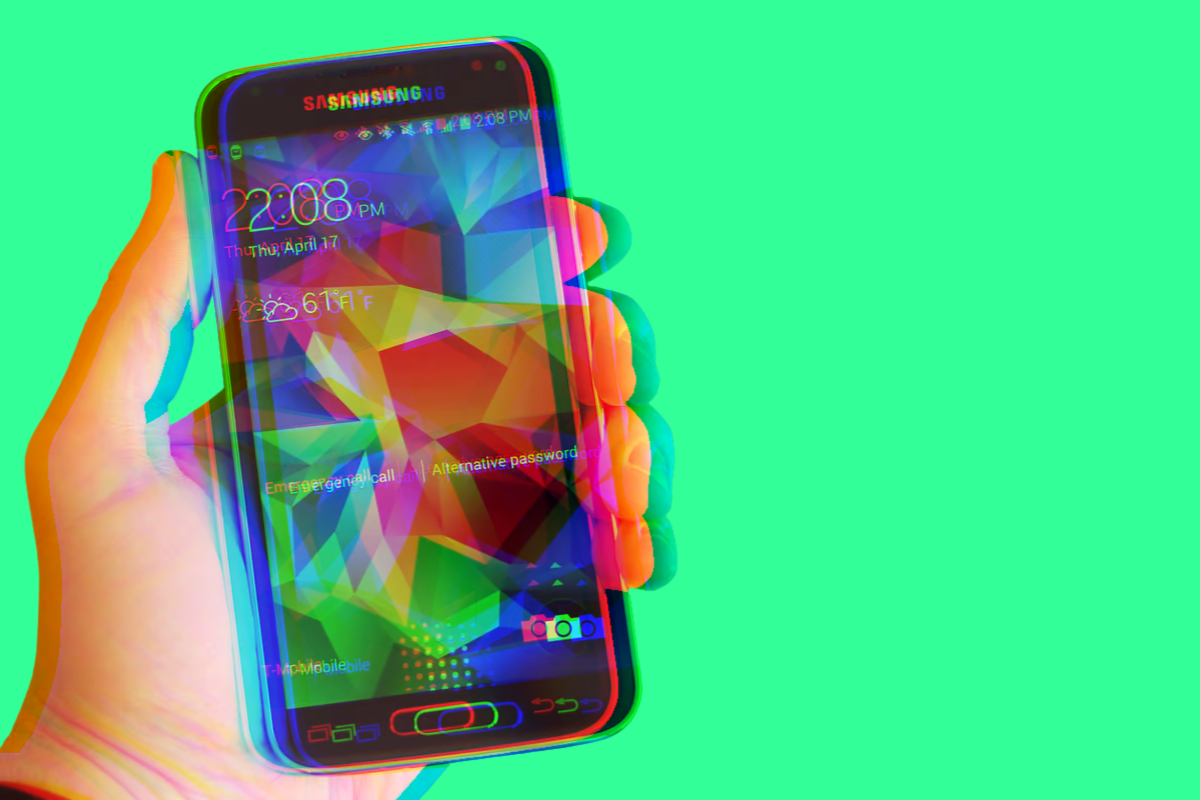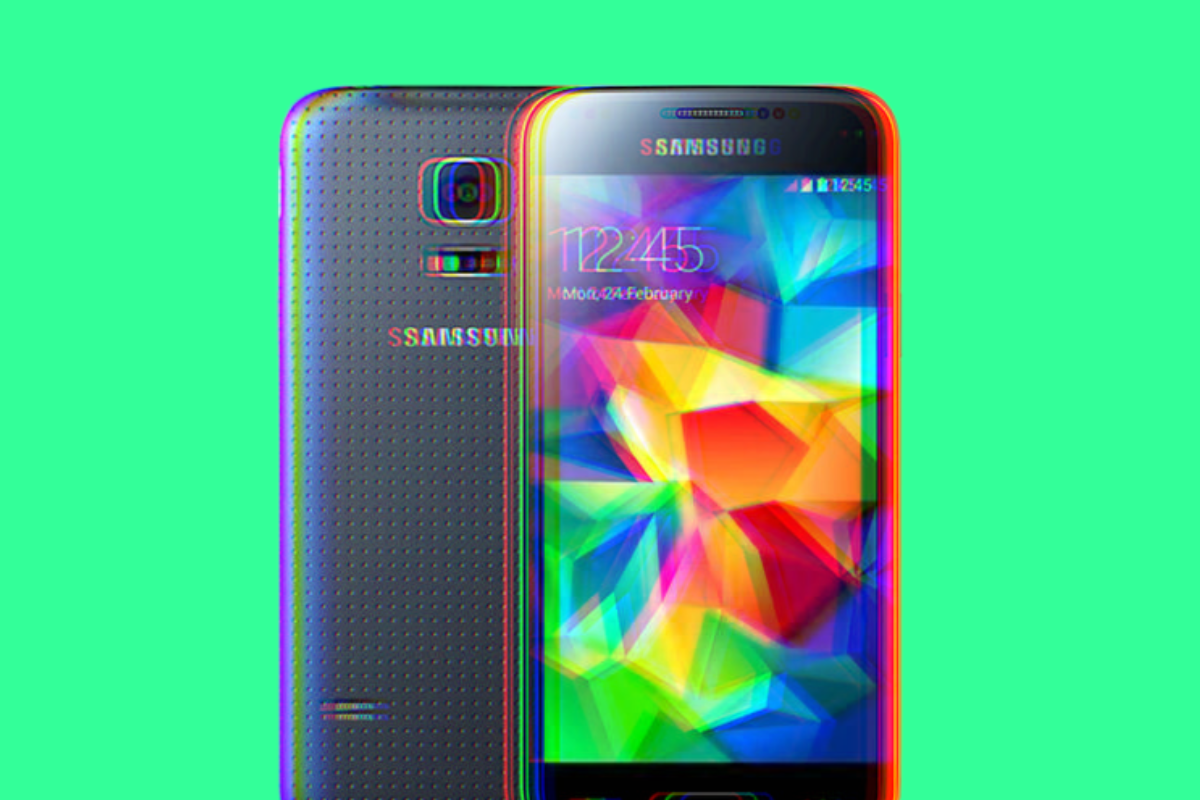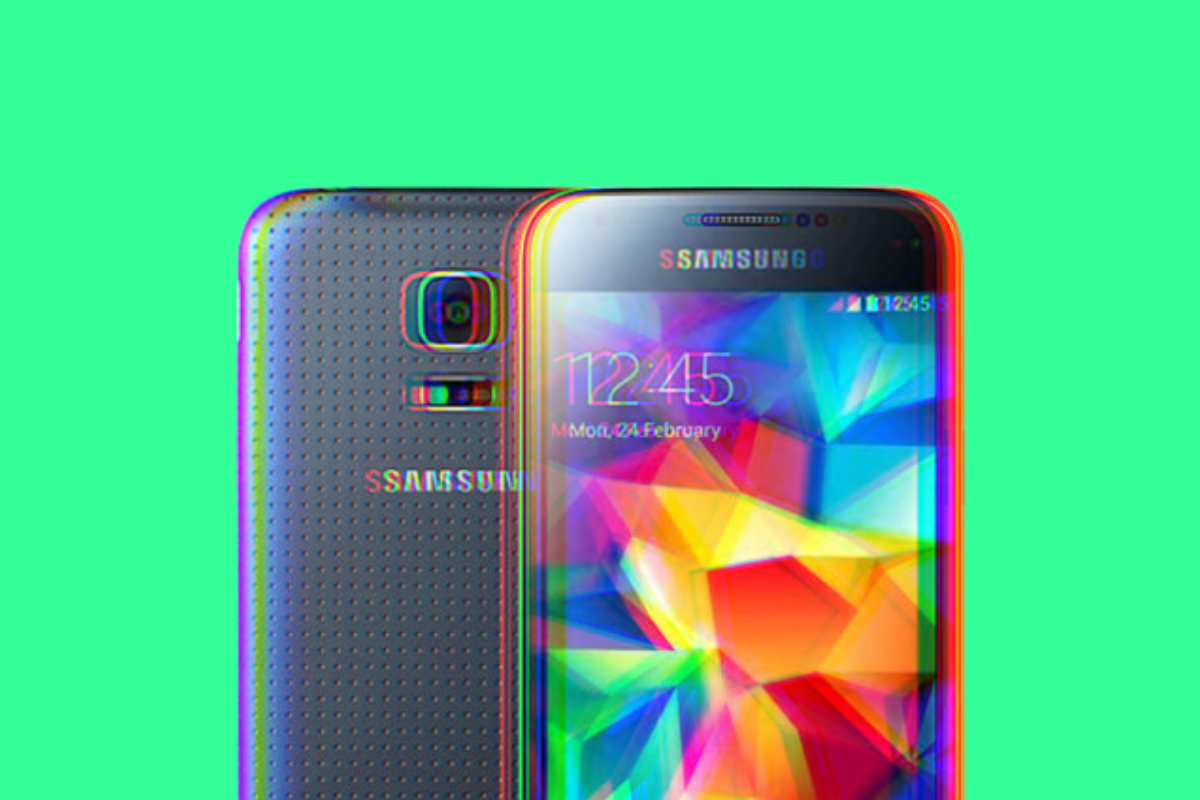Calibration refers to the process of fine-tuning a device’s settings to ensure optimal performance. In the context of the Samsung Galaxy S5, this can involve adjusting the display, battery, or sensors.
What is Calibration? Key Takeaways:
- 🛠️ Calibration Importance: Calibration ensures devices perform at their best, aligning with their original design.
- 📱 Samsung Galaxy S5: This phone has multiple components that might need tuning over time.
- 🖼️ Display Issues: Over time, your phone’s display colors might seem off, or the brightness might not be accurate.
- 🌈 Display Calibration: Adjust settings like brightness and color to make the screen vibrant and accurate.
- 🔋 Battery Efficiency: As batteries age, their performance declines, and software representation might be skewed.
- 🔄 Battery Calibration: Reset the software’s battery representation by draining and fully charging the phone.
- 📏 Sensors: Modern phones, including the Galaxy S5, have sensors like gyroscope and accelerometer.
- 🔄 Sensor Calibration: If functionalities like screen rotation are off, sensors might need adjustment.
Calibration is a crucial procedure that focuses on adjusting and optimizing a device’s specific settings, ensuring that it performs at its peak. When we talk about calibrating devices, we’re essentially referring to the act of making sure the device functions as closely as possible to its intended or original design.
Taking the Samsung Galaxy S5 as an example, this smartphone, like many others, has various components that might need calibration over time. One of the primary elements is the display.
The display is your window to all the content on your phone, be it photos, videos, apps, or web pages. Over time, you might notice that the colors on your screen seem a bit off, or perhaps the brightness isn’t as accurate as it used to be.
This is where display calibration comes into play. By adjusting settings like brightness, contrast, and color balance, you can ensure that what you see on your screen is vibrant, accurate, and reflective of the content’s true colors.
Next, consider the battery. As batteries age, their efficiency often declines. However, sometimes, the software’s representation of the battery’s health and capacity can become skewed.
This mismatch can result in the phone turning off unexpectedly even if it shows some charge left or the battery percentage not decreasing uniformly.
By calibrating the battery, you’re essentially resetting and aligning the software’s representation with the actual battery capacity. This process often involves draining the battery entirely and then charging it uninterrupted to its full capacity.
Lastly, the Samsung Galaxy S5, like most modern smartphones, is equipped with a range of sensors, including a gyroscope, accelerometer, and proximity sensor, among others.
These sensors enable a multitude of functionalities, from screen rotation to fitness tracking. However, if you’ve ever noticed your screen not rotating when you tilt your phone, or your fitness app not recording steps accurately, it might be due to a sensor requiring calibration.
Adjusting these sensors ensures that they respond accurately to external stimuli and that the phone functions as expected.
In conclusion, calibration is an essential maintenance step for devices like the Samsung Galaxy S5. It ensures that the device delivers an optimal and consistent user experience throughout its lifespan.
Whether it’s the display showing true-to-life colors, the battery accurately representing its charge, or the sensors functioning seamlessly, regular calibration can make a significant difference in your device’s performance and reliability.
Why Calibrate Your Samsung Galaxy S5?
Over time, a phone’s performance can degrade. Calibration helps restore its original functionality and provides a smoother user experience. It can:
- Enhance display color accuracy.
- Improve battery life.
- Ensure sensors work correctly.
Display Calibration

Why It’s Important
The display is a critical component of any smartphone. Proper calibration ensures accurate color representation and sharpness.
How to Calibrate:
- Brightness and Contrast: Navigate to Settings > Display > Brightness. Adjust manually or set to auto-brightness.
- Color Balance: Some third-party apps like “Display Tester” can help fine-tune colors.
Real-World Example: I once noticed my Galaxy S5 displaying a slightly blueish tint. Using calibration, I was able to restore natural colors.
Battery Calibration

Why It’s Important
Battery calibration can help in providing accurate battery percentage readings and potentially extend battery life.
How to Calibrate:
- Drain the battery completely until the phone turns off.
- Charge the phone uninterrupted to 100%.
- Turn on the phone and reset battery stats (requires root access and apps like “Battery Calibration”).
Sensor Calibration

Why It’s Important
Sensors, like the gyroscope and accelerometer, play a pivotal role in various phone functionalities.
How to Calibrate:
- Navigate to Settings > Motion.
- Follow on-screen instructions to calibrate sensors.
Conclusion
Calibration of your Samsung Galaxy S5 isn’t just a one-time procedure; it’s a regular maintenance activity that can significantly boost the device’s overall performance.
By investing time in calibrating the phone, you’re essentially ensuring that it operates at its optimal level, providing you with a smooth and efficient user experience.
Think of your Galaxy S5 as a musical instrument. Just as a guitar or piano might need regular tuning to produce the best sound, your phone requires periodic calibration to function at its best.
Over time, various factors like software updates, prolonged usage, and external conditions can cause slight deviations in its performance.
Calibration acts as a ‘reset’ button, aligning the phone’s settings with its original specifications.
Moreover, consistent calibration can extend the lifespan of your Galaxy S5. It’s akin to servicing a car regularly. By addressing minor issues and ensuring everything is in order, you can prevent larger problems down the line, ensuring the device serves you well for a longer period.
In essence, to truly harness the full potential of your Samsung Galaxy S5 and enjoy a seamless experience, regular calibration is key.
It’s a small step that can make a marked difference in how your device functions, ensuring that you always get the top-notch performance you expect from such a sophisticated gadget.


